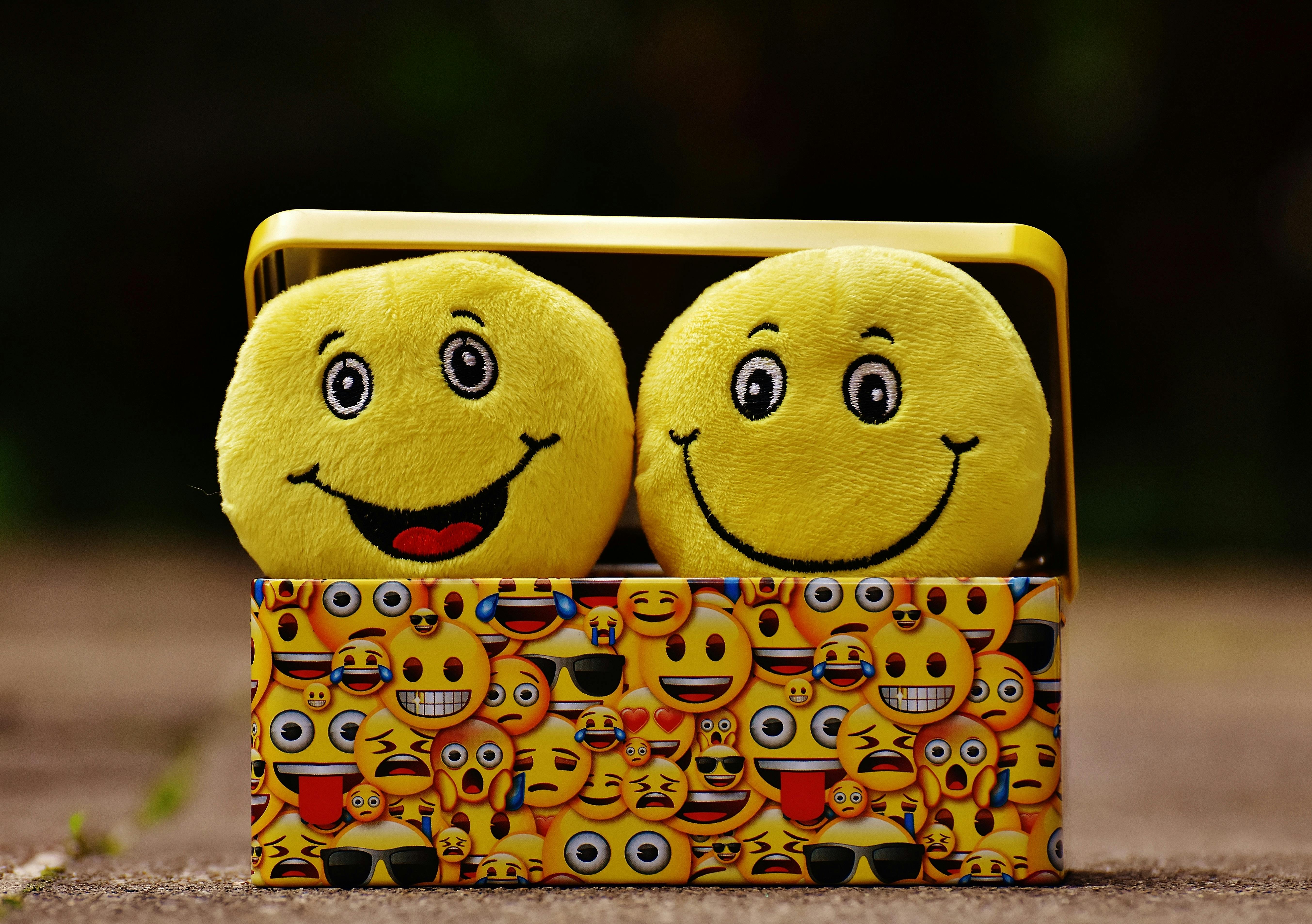"Decoding the Silent Language of Emojis in Modern Communication"
Introduction In the digital age, emojis have emerged as a universal language, breaking barriers of text and culture. They have dramatically transformed the way we express our emotions, thoughts, and ideas online. But what does this mean for our society? Read below to delve into the world of emojis and their sociological significance.

Emojis: The New Hieroglyphics
The history of visual communication dates back to the ancient Egyptians, who used pictographs or hieroglyphics as a form of writing. Fast forward to the 21st century, we have adopted a similar practice using emojis. These colorful icons have become an integral part of our digital dialogues, offering a quick and convenient way to convey emotions, reactions, and even complex ideas.
The Sociocultural Evolution of Emojis
Emojis were first introduced in Japan in the late 1990s and quickly spread worldwide with the advent of smartphones. As our communication shifted from face-to-face interactions to digital platforms, the need for non-verbal cues grew. Emojis filled that gap, providing a means to express subtleties and nuances of emotion often lost in text. Today, there are over 3000 emojis, reflecting a diverse range of emotions, objects, activities, and even social issues.
Emojis and the Modern Cultural Landscape
Emojis are more than just digital expressions; they are a reflection of our changing cultural landscape. They have evolved to represent various aspects of our society, including racial and gender diversity, social movements, and even global crises. For instance, the introduction of different skin tones and gender-neutral emojis mirrors societal shifts towards inclusivity. Similarly, the use of mask emojis skyrocketed during the COVID-19 pandemic, reflecting the global health crisis.
The Sociological Significance of Emojis
Emojis are shaping the way we communicate and interact, influencing our social behaviors and relationships. Research suggests that using emojis can enhance understanding, build rapport, and even affect our mood. However, the interpretation of emojis can vary based on cultural, social, and individual contexts, leading to miscommunications. As these digital icons continue to evolve and diversify, understanding their sociological implications becomes crucial.
Future of Emojis: A New Dimension to Digital Communication
The future of emojis is promising, with advancements in technology opening new possibilities for digital communication. From animated emojis to personalized avatars, these digital symbols are becoming more interactive and lifelike. As emojis continue to evolve, they offer fascinating insights into our society, culture, and communication patterns, making them a significant aspect of modern sociological studies.
In conclusion, the emergence of emojis as a universal language has revolutionized our digital communication, offering a creative and expressive way to convey our thoughts and emotions. As we navigate the digital age, understanding the silent language of emojis and their sociological significance is crucial.




